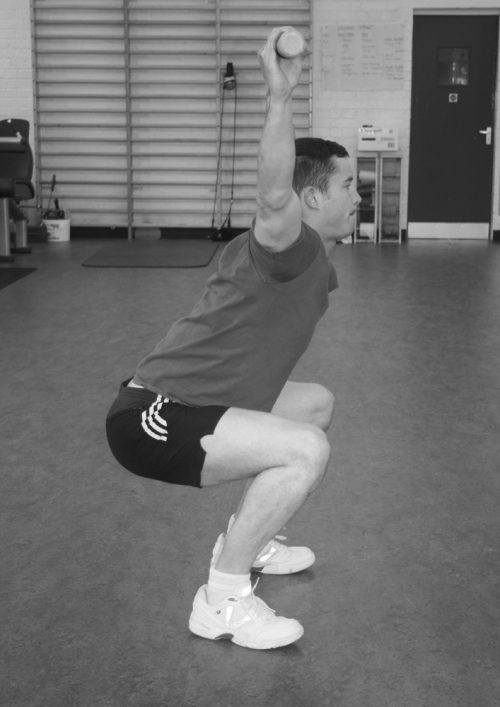Musculoskeletal Screening
Musculoskeletal Screening is designed to evaluate and identify human movement patterns that could increase one’s risk of injury or could be causing recurrent injury.
Through assessment Movement Screening identifies functional limitations, body asymmetries and abnormal movement patterns that have developed over time.
The development of poor movement patterns can be attributed to several factors. One of the main factors is a history of previous injury. Individuals who have suffered previous injury may have poor proprioception (the brain’s awareness of joint movement and joint position sense) and if untreated or treated inappropriately could lead to re-injury.
Proprioceptors in each segment of the kinetic chain (trunk, pelvis upper and lower limbs) must function properly in order for efficient movement patterns to occur.
A disruption in proprioceptive performance will have a negative effect on body movement (bones, ligaments, tendons and muscles could all be involved). The result will be altered muscle recruitment, stability, and asymmetric influences eventually leading to compensatory movement patterns. This could be an explanation for previous injury being determined as one of the more significant risk factors in predisposing individuals to repeat injuries.
Research has demonstrated that movement screening programmes have reduced incidences of injury. Santa Monica Sports Medicine Foundation demonstrated in one year 88% decrease in ACL injuries among 3,000 female soccer players aged 14-18
A screening programme developed by Dr. Cynthia LaBella, showed a 44% decrease in non-contact lower extremity injuries and a 34% decrease in non-contact ankle sprains, while Canadian researchers found a screening programme cut the injury rate in half for 13-18 year old soccer players.
Movement Screening involves assessing certain foundation movements and specific movements associated with your injury or sport. Your joints ranges of motion and their core control will be evaluated. Muscle length and muscle patterning will also be assessed. Sometimes video analysis is used.
Treatment may consist of a series of customised exercises aimed at stretching tissues, improving body balance and alignment plus strengthening. These can be fitted into your current training schedule.
Outcome: decrease risk of injury, enhanced performance, and ultimately improved quality of life.
Who will benefit. People enduring recurrent injury. Examples of injuries that may benefit from movement screening include recurrent Achilles tendon pain, knee pain, recurrent back pain and shoulder pain.
Movement screening can be applied to any fitness level

